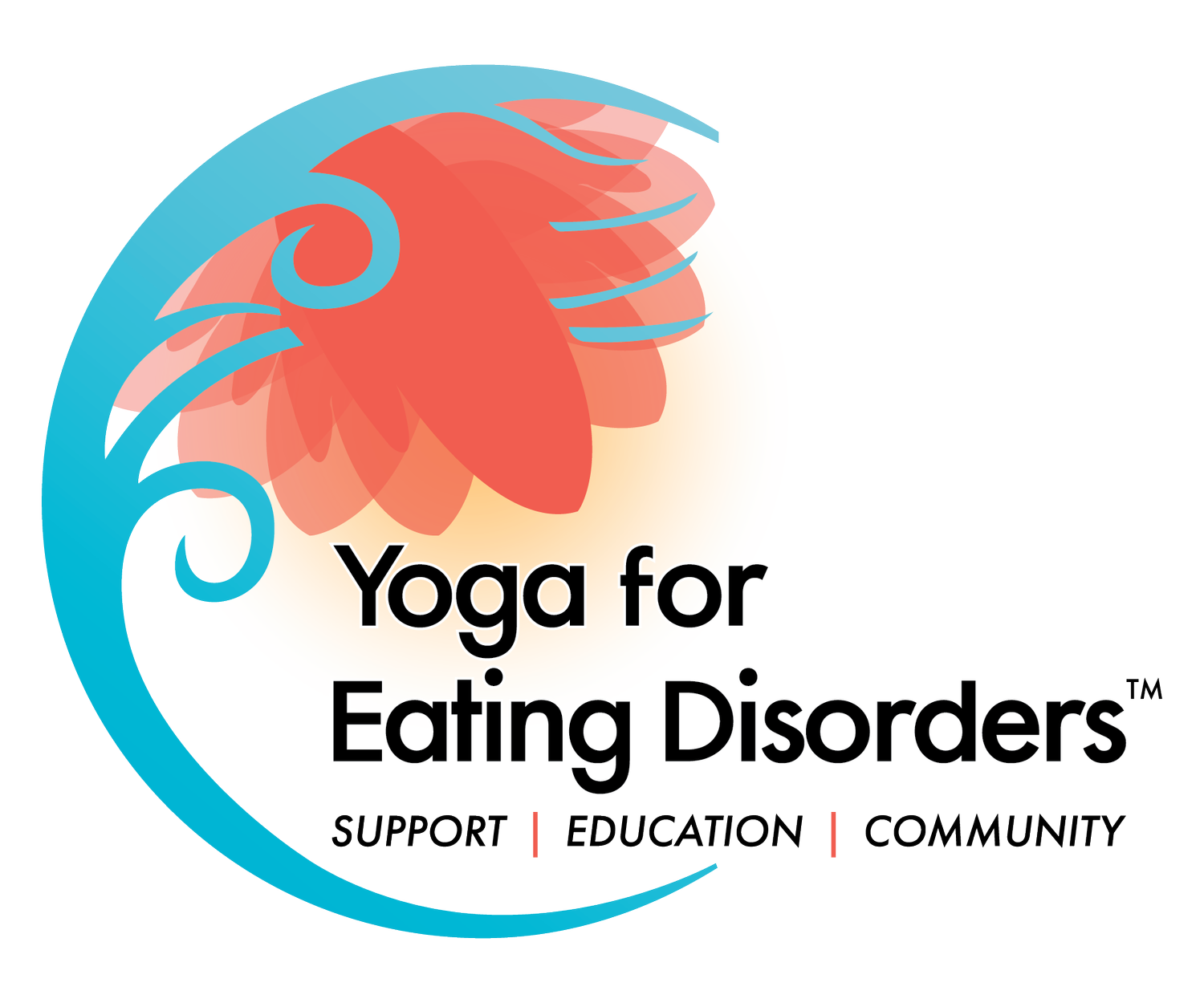A Plate of Food: What Do You See?
By Minh-Hai Alex, MS, RDN, CD, RYT, Guest Contributor
It’s 10:45 AM and I have one of my favorite meals on the planet in front of me: a steaming hot bowl of bún bò huế, a spicy noodle soup that originates from Central Vietnam. I’m sitting outside, overlooking the parking lot of this family restaurant, savoring the quiet before the local high school lets out for lunch and swarms of teenagers flood the nearby restaurants and shops. There’s new ownership here, as evidenced by new signage and menu, and a slick online ordering system. The pandemic has been brutal for the restaurant industry and I’m glad this spot has survived.
When you look down at your plate of food, what do you see? Many see their meals in a binary way: “good” or “bad,” “healthy or unhealthy.” Others see calories or how their diet app might judge a meal. As a registered dietitian, I was trained to see food as a combination of carbohydrates, protein and fat. And vitamins, minerals, fiber and phytonutrients.
When I look down at my plate for lunch, I often think, “This is tasty enough, convenient, and will keep me satisfied until my next break.” But today’s meal of bún bò huế feels special. For my early lunch part 1 today, here’s what I see: I see vibrant colors and a variety of textures. I love my spicy noodle bowls with plenty of fresh whole herbs and a squeeze of lime. I see a memory: my mom cooking bún bò huế in my kitchen while I lay on my couch, sleeping newborn nearby. After both of my births, she flew out to Seattle to care for me. Having grown up with immigrant parents who were constantly working, I remember savoring the unfamiliar experience of having my mom, now a grandmother, in my kitchen, tending to the various pots on the stove, while I take in the good smells and feel deeply nourished and cared for.
I see a meal that my younger self never would’ve served her friends. As a kid growing up in Richardson, TX, my house looked, smelled, and sounded different. On the rare occasions I had friends over, I’d insist on ordering pizza from Domino’s, Papa Johns or Little Caesars. Today, if I ever have the opportunity to share my mom’s bún bò huế with a few lucky friends, I would serve that steaming bowl of deliciousness with pride and love, instead of embarrassment and fear.
I see my husband’s favorite meal. Even though he didn’t grow up with this dish, I love how one of my comfort meals is now one of his.
I taste an umami bomb of flavors: hot, spicy, salty. The fresh herbs, banana blossoms and lime offer a refreshing counterpoint. No wonder the late Anthony Bourdain, during a visit to Hue, Vietnam, said, “In my way of thinking, in the hierarchy of delicious, slurpy stuff in a bowl, bún bò huế is at the very top.”
I feel comforted. Can food be comforting? Hell yeah. Now if any one thing is our only source of comfort, that would probably feel distressing at times. That’s like expecting one relationship to fulfill all your relational needs: it’s a setup for frustration and disappointment. Humans like having choices, a sense of agency, so it’s helpful to have a toolbox of options to choose from to help us through the stresses of everyday life. That can absolutely include food, enjoyed with full permission.
I feel inspired to cook more Vietnamese food. I had a lightbulb moment when I heard Samin Nosrat of Salt Fat Acid Heat fame speak at Benaroya Hall a couple of years ago. Despite having written several Persian recipes for the NYTimes, she said her family doesn’t see her as someone who cooks Persian food. Instead, she identifies as someone who cooks “Persian-ish” food. I remember thinking, I can cook Vietnamese-ish food. Until that moment, I hadn’t realized perfectionism (i.e., fear) was stopping me from experimenting with flavors I love. I feel grateful for this meal and the thoughtful labor that went into making it. I feel grateful this restaurant exists.
I feel satisfied.
When you look down at your plate of food, what do you see? Taste? Feel?
Our culture trains us to see food in a reductionist way--carbohydrates, protein, fat, vitamins--what some call “nutritionism.” As if the only things that mattered are what we can measure using machines. As if our bodies are machines. But food is so much more. In The Meaning of Food, renowned chef Marcus Samuelson writes:
“A meal is not about food, it is about the interchanges and interactions that go on around food. We do not sit at the table only to eat, but to eat together. The social interaction over a meal is as substantive as the nutrition. Through food, we express love. We bring comfort and hope. We forge new relationship and reinforce new bonds. Food reaffirms not only our humanity but the joy of being alive.”
Hearing people’s food stories is a privilege in my work that I will never tire of. I hear stories of grandma’s dumplings, dad’s spaghetti, mom’s canned green beans, and school lunch mashed potatoes. I hear stories of trauma, fear and insecurity, and stories of joy, comfort, belonging, and love all expressed through food.
What’s your food story? And what do you hope your future food story will be?
Minh-Hai Alex, MS, RDN, RYT is the owner of MindfulNutrition, where she offers trauma-informed nutrition therapy, wellness coaching and yoga. She is a Certified Intuitive Eating Counselor and mentored with Evelyn Tribole, MS, RDN, CEDRD-S for several years. Her work is strengths-based, weight-inclusive (Health At Every Size) and grounded in cultural humility. She also co-founded Zing Bars, available nationwide. She lives with her husband and two sons in Seattle, WA. You can connect with Minh-Hai and sign up for her newsletter at https://mindfulnutritionseattle.com.


